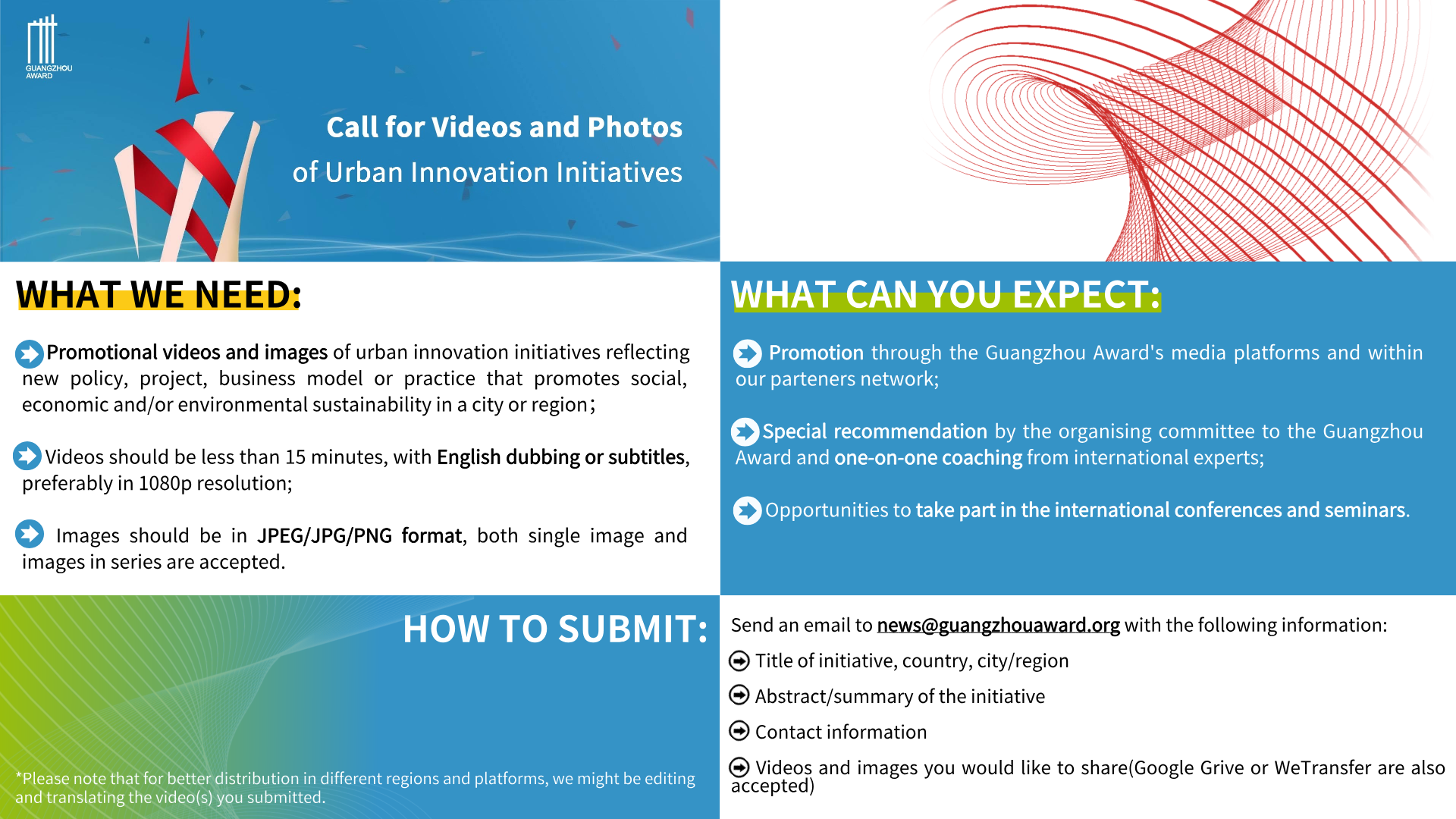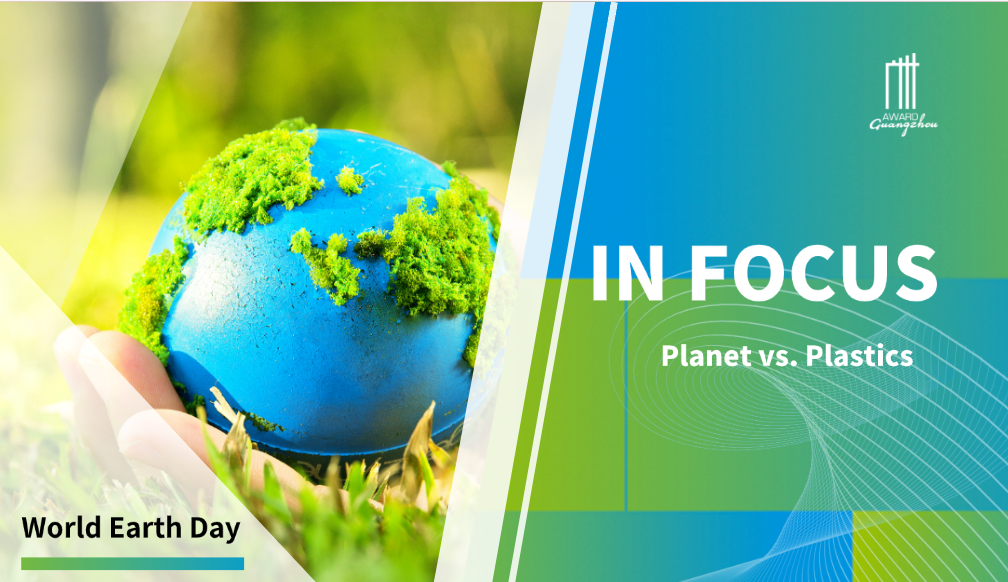Songpa, Republic of Korea
Songpa Solar Nanum (Sharing) Power Plant

Background Information
Songpa-gu was proclaimed the "Leading city for climate change response" in 2008, and constructed the "Songpa Solar Nanum Power Plant", a public solar generation plant recognized the world over. While carrying out policy that would lead to the conversion of the renewable energy system, Songpa-gu established “the ordinance on climate change response” in 2009, a first among the autonomous districts of Seoul.
The Songpa Solar Nanum Power Plants aim to work towards a healthy environment and a cooperative community, setting a good example of sustainable energy and welfare projects.
Goals of the Initiative
In 2008 the Songpa Solar Nanum Power Plant project was suggested by the NGO, Energy Peace.
Sogpa took its first step towards reducing its carbon footprint by setting up a public solar power plant in partnership with the NGO in February 2009. Songpa also signed a joint operational agreement to donate 3.5 billion won to people that lack access to energy over a period of 20 years (2009-2023).
Accordng to the joint statement, 25 percent of net profit would be used for people that lack access to energy, 25 percent forwarded to underdeveloped countries and the remaining 50 percent would be used to build additional Solar Nanum Power Plants.
Through the continued efforts of Songpa, with the support of Energy Peace, private companies, NGOs and the local community, the initiative has continued to achieve its goal of bringing clean energy to local communities and underdeveloped countries that lack access, including the installation of a 4kW wind-solar integrated generator in a desert of Mongolia and the replacement of old electrical appliances with highly efficient products for local low-income families.
Currently, Songpa has constructed a total of four Solar Nanum Power Plants providing renewable energy to the community.
Parties and Partners to the Initiative
In February 2009, Songpa announced a “joint statement” with an NGO Energy Peace, signing the initial operational agreement for the Songpa Solar Nanum Power Plant. The project is the outcome of the joint efforts of Songpa and local communities to support people that lack access to energy and to overcome global warming issues.
This is a project driven by the participation and efforts of local residents. An NGO and a company in charge of carrying out social responsibilities are in charge of the installation, operation and management of each plant. The entities will sell the electricity until the No 5 plant is built. The electrical output, carbon reductions and profits from each plant are reported to Songpa every month.
Funds were donated through a social welfare funding system until the first half of 2010. Currently the distribution is directly managed by Songpa since the “ordinance on funding” was established.
Songpa selects eligible households that lack access to energy as beneficiaries of the support schemes.
Social workers from 26 offices conduct research to identify households that urgently need support. Households with the elderly, infants, pregnant women and chronic patients are preferentially selected as beneficiaries. New households are selected every year to increase the number of beneficiaries, but households requiring ongoing support will continue to benefit from the project.
Songpa, an NGO and a company engaged in social welfare distribute funds quarterly and have taken up other initiatives to support people lacking access to energy.
Resources Used for Implementation
A total of eight billion won has been spent leading up to the construction of the No 4 Songpa Solar Nanum Power Plant. Of the eight billion, two billion won came from the investment budget of Songpa, with the rest of the investment being raised through a project financing (PF) loan and donations from social contribution enterprises.
Additionally, local residents and community groups have taken great interest in the project, providing further donations. Environmental and financial investment companies have also helped with the installation of solar facilities and have provided venues free of cost, specifically for plants No 3 and 4.
Innovation for the Initiative
The Songpa Nanum Power Plant can be considered an innovative program for two reasons.
First, while most conventional environment programs are led by the government, this program is a private-public sector collaboration which has established relationships between city offices and a private NGO. In other words, the program has executed a practical and continuing policy of collaboration with a private environment organization rather than a declaratory campaign.
Second, the program is differentiated from other programs due to its capability of achieving two simultaneous objectives—welfare and environment. With the operation of the four Songpa Nanum Power Plants, the program will reduce a total of 22,000 tons of carbon dioxide over the next 25 years and the environmental benefits they will bring are equal to those of 5.24 million pine trees.
The operation profits from the program. Three-and-a-half billion won will be used to support the needy in Songpa and third world countries. Funds will also be reinvested for the building of additional Nanum Power Plants in the future.
Innovation has been applied in
Recognized as Korea's first power production profit redistribution policy formed by a government agency, Songpa Nanum Power Plant is a program designed to preserve the environment, utilize renewable energy and further realize public added value with its profits.
A fixed amount from the program's profits is allocated to help resolve the difficulties of those in need of energy by reorganizing the conventional "energy fund support" to focus on "improving energy efficiency”.
The biggest reason for such a transition is due to the fact that monetary support only forces the needy spend money on more urgent matters. Most low-income households are in possession of old electronics, which consume excessive electricity and later result in increased difficulties deepening the “power poor” status. The program replaces old refrigerators and washing machines to resolve these fundamental problems and contribute to the reduction of greenhouse gas emissions.
Obstacles and Solutions for Innovation
As a first-time initiative in Korea, the project hasn’t been easy.
This was the first such initiative by a local government in South Korea to encourage energy efficiency and energy welfare projects.
The project has been criticized for low profitability and the high initial project cost. Generally, the initial cost for renewable energy projects is high and investment returns are higher only in the long term.
In the beginning, there was a problem to secure an adequate budget for the project. We visited every congressman to explain the cause and meaning of the project. Songpa Solar Nanum Power Plants have higher investment costs, but are important as they are environmentally friendly and profitable.
Profitability and safety were strictly analyzed through consultation with the relevant institutions. The budget for the project was jointly arranged with an NGO with private companies donating the remainder.
Budgetary allocations were also prepared for paying energy bills for people with low income. Simultaneously, we also prepared foundations to systemize and continuously promote the government’s energy welfare project.
Outcomes and Assessments
The most important outcome has been the creation of a continuous energy welfare fund. From 2009 to present, four plants have been made operational and it is expected that an energy welfare fund of approximately 3.55 billion won will be created through the sale of electricity over the next 25 years.
In 2015, the energy sales of the Songpa Solar Nanum Power Plants amounted to approximately 5.5 billion won. It is expected that there will be a net profits of at least seven billion won over 20 years. Songpa has generated 450 million won in total over six years of operation to donate to households that lack access to energy.
Songpa is currently supplying LED lighting supply projects to 3,000 households while concurrently financing the earlier projects. Songpa is also slated to extend support to underdeveloped countries.
The Songpa Solar Nanum Power Plants will reduce potential carbon dioxide emissions by 22,000 tons over 25 years. It is equivalent to plating trees over a land area of 17,476,800 square meters. Songpa has already achieved a reduction of 4,429 tons of carbon dioxide through the power plants.
Songpa is planning to build a No 5 and No 6 Solar Nanum Power Plant, which are expected to reduce 40 percent of BAU greenhouse gases by 2020.
Methods Applied
One of the advantages of the project is that it has been able to provide actual support for people that lack access to energy.
The government’s current energy welfare system provides a monthly reduction of 8,000 won on electricity bills and around 10 to 20 percent discounts on gas bills every month to the beneficiaries of basic livelihood support. To qualify, the beneficiaries must follow application procedures to file with service providers.
From 2009, Songpa spent all profits from its Solar Nanum Power Plants on supporting people that lacked access to energy in the district. This was the first energy welfare policy carried out by a local government.
By 2010, 72 million won of net profits were donated in cash to 240 households, including the beneficiaries of basic livelihood support and low income citizens.
In 2011 the project emphasis shifted from supporting energy costs to the improvement of energy efficiency. 35.37 million won in total was donated, including 24 million won granted to 120 low-income households and a project for improving energy efficiency.
Insulation materials were attached to buildings where disabled citizens and infants stay, resulting in the heating systems being improved by 15 percent and 61 percent respectively. Insulation materials were also attached to 43 old housing units.
150 million won was spent to replace old refrigerators and washing machines with highly efficiency products in 230 low-income households, thereby reducing electricity costs.
In 2013, old LP gas facilities of 209 senior citizens who live alone were replaced and gas timers were installed to prevent any fire accidents.
In 2014, existing bulbs were replaced with LED lights for 3,300 beneficiary households of basic livelihood support. There are plans to expand the service so that more low-income households can enjoy the energy-saving benefits.
In 2013, a generator was donated to Mongolia, and similar support for underdeveloped countries will be continued. The funds for this project were generated from the operation of the Solar Nanum Power Plants.


 test
test Urban Innovation in China | Hainan: Transforming Mangroves into “Golden Groves”
Urban Innovation in China | Hainan: Transforming Mangroves into “Golden Groves” In Focus | Empowering the “She” in the Family
In Focus | Empowering the “She” in the Family In Focus | The World Earth Day: Planet vs. Plastics
In Focus | The World Earth Day: Planet vs. Plastics




















 Tel: +86 20 3780 4434
Tel: +86 20 3780 4434 Email: info@guangzhouaward.org
Email: info@guangzhouaward.org Address: Rm 1609, FuLiXinTianDi, No.307 Guangzhou Dadao Zhong, Yuexiu District, Guangzhou, Guangdong, 501600, PRC
Address: Rm 1609, FuLiXinTianDi, No.307 Guangzhou Dadao Zhong, Yuexiu District, Guangzhou, Guangdong, 501600, PRC




